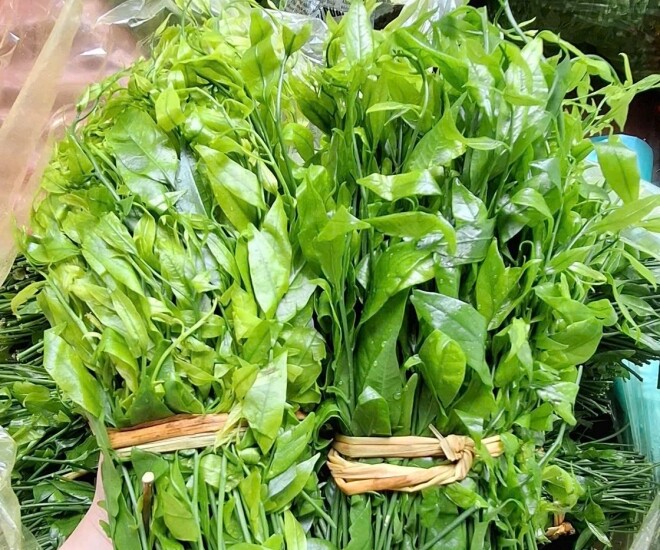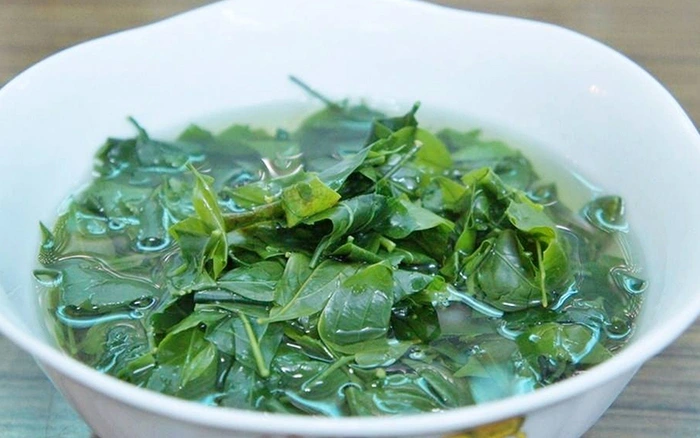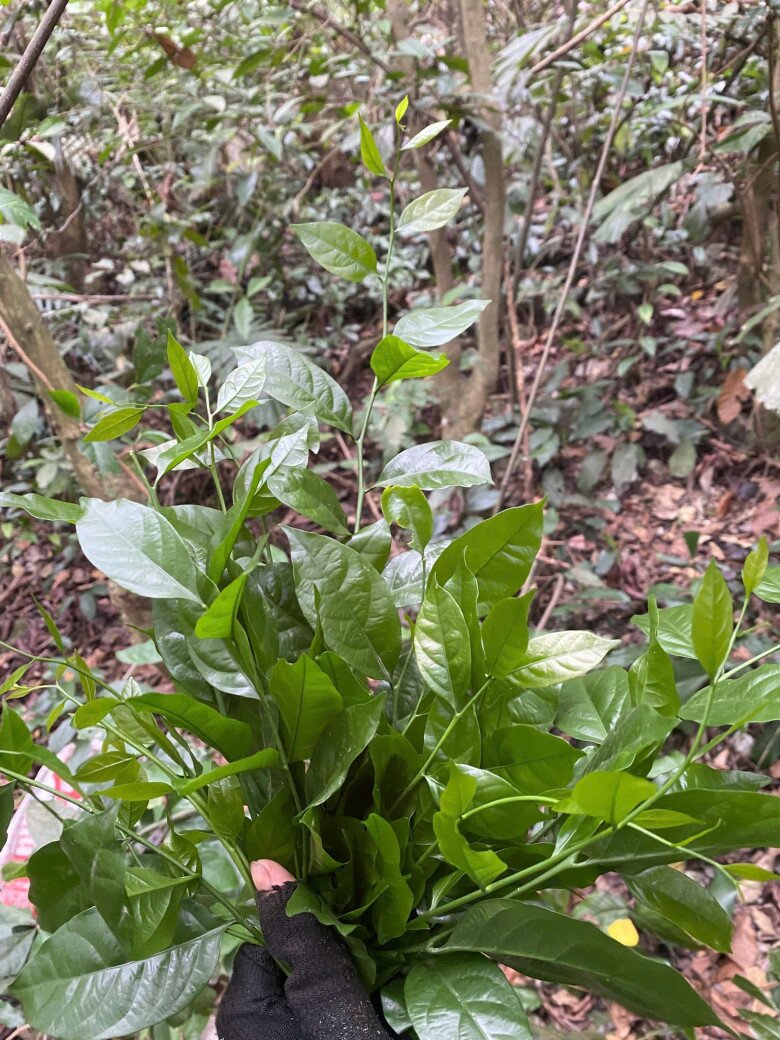
Unveiling the Mystery of an Unsung Superfood: Rau Sang
Once overlooked, Rau Sang is now a sought-after delicacy in urban areas. This humble vegetable packs a powerful nutritional punch and offers a unique culinary experience.
Rau Sang, or wild edible greens, is a small tree that grows to a height of 5-7 meters with a trunk diameter of 15-25 centimeters. Its young trunk is green, maturing to a white, chalky hue. There are two varieties: a woody shrub and a vine, with the former being more prized.
In the past, this vegetable was rarely given a second glance, but it has now emerged as a gourmet ingredient coveted by city dwellers. The tender tips, young leaves, flowers, and unripe fruits are the parts most commonly used in cooking. Rau Sang doesn’t come cheap, typically costing between 150,000 and 200,000 VND per kilogram.

A bowl of Rau Sang soup.
Rau Sang boasts a natural sweetness and is versatile in the kitchen. It can be cooked with meat, shrimp, or crab, stir-fried with meat, boiled, or simply enjoyed on its own. This vegetable is a nutritional powerhouse, rich in protein, vitamin C, and essential amino acids, making it an excellent choice for postpartum women, convalescents, and those with gastrointestinal issues. Its high content of indispensable amino acids also lends it medicinal value, playing a crucial role in protein synthesis and overall health enhancement.

Growing and Caring for Rau Sang at Home
Rau Sang typically grows in limestone mountains, but it can be cultivated at home. The best time to plant Rau Sang is during the spring season, from February to April, and the autumn season, from July to August.
There are two methods of propagating Rau Sang: seed sowing and cutting. Seed sowing is the more common method due to its simplicity. To sow seeds, mix them with moist clean sand (40-50% moisture) and let them germinate for 15-20 days. Then, transfer the seeds to individual pots. After nearly a year, when the seedlings reach a height of over 20 centimeters, they can be transplanted outdoors.
Select a planting site with moist, humus-rich soil that drains well and has a pH between 6 and 7. The ideal soil is derived from secondary forests or old fallow land. During the first three weeks after planting, maintain consistent moisture by regularly watering the plants. Once the trees are established, water only when the soil becomes extremely dry. Additionally, provide 30% shade for the first few years, gradually increasing exposure until the trees can tolerate full sun from the fourth or fifth year onward.
Fertilize with NPK at a rate of 0.1 kg per tree, applied twice a year and spaced 0.7 meters away from the trunk. To retain moisture and suppress weed growth, consider mulching around the base of the trees with organic matter.
When the trees reach a height of 80 centimeters or more, pinch back the growing tips to encourage branching and a fuller canopy. After approximately three to four years of growth, the trees will be ready for leaf harvesting.
Being a perennial shrub, Rau Sang is a long-term investment that will reward you with multiple harvests for years to come. A single tree can yield 7-10 harvests annually, primarily during the spring months, from March to August. When harvesting, use sharp scissors to cut the tender tips, being careful not to damage the branches, as this may impact the subsequent growth and yield. Avoid overharvesting, as it can weaken the tree and hinder its development.






























